Home>Garden Essentials>How Many Sunflower Seeds In A Bag
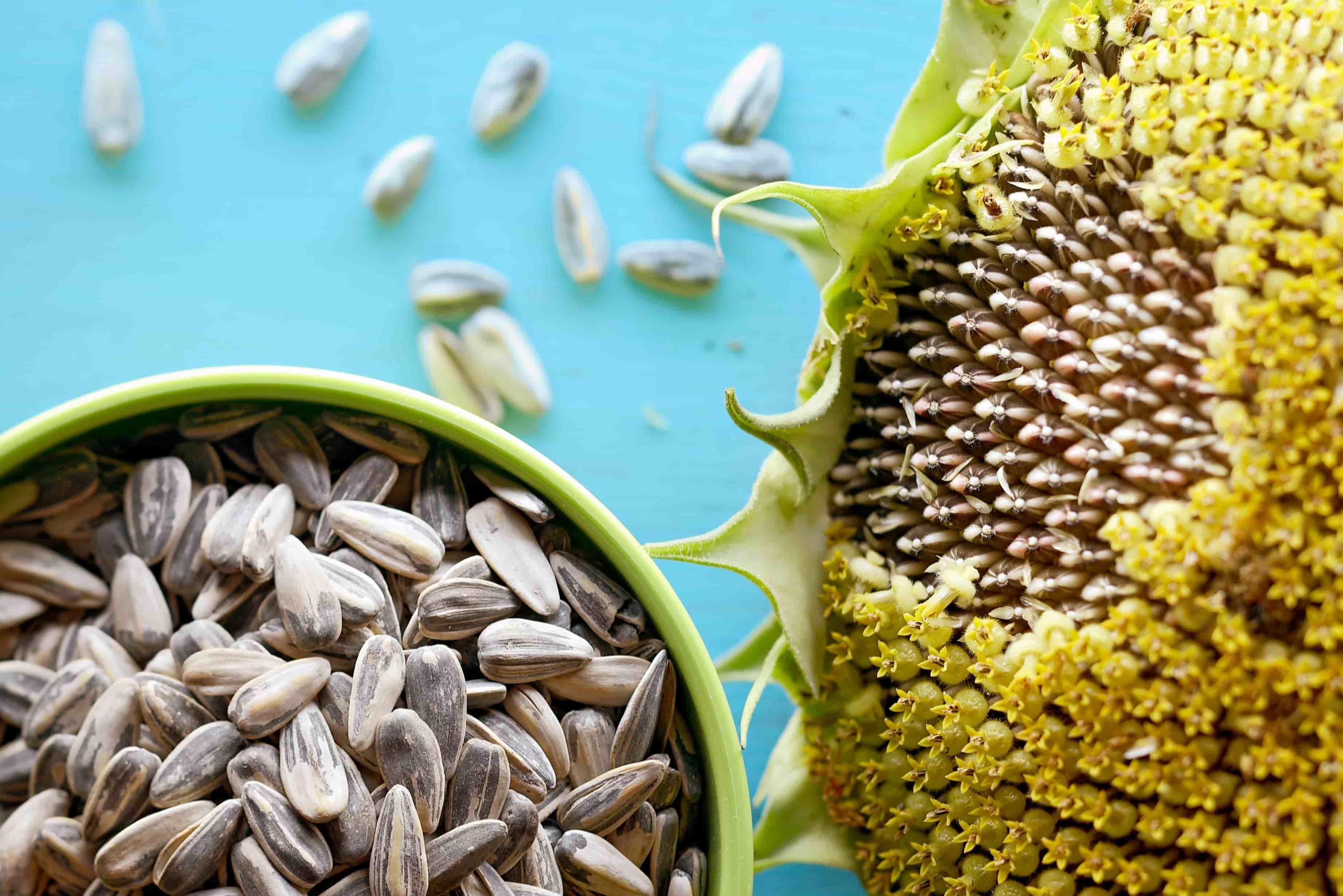

Garden Essentials
How Many Sunflower Seeds In A Bag
Modified: October 18, 2024
Discover how many sunflower seeds are typically found in a bag for your garden. Find out the perfect quantity to ensure a bountiful harvest.
(Many of the links in this article redirect to a specific reviewed product. Your purchase of these products through affiliate links helps to generate commission for Storables.com, at no extra cost. Learn more)
Introduction
Welcome to the world of sunflower seeds! If you’re curious about how many sunflower seeds are typically found in a bag, you’ve come to the right place. Sunflower seeds are a popular snack enjoyed by many, thanks to their delicious taste, nutritional benefits, and ease of consumption. Whether you’re a fan of munching on them straight out of the bag or incorporating them into your favorite recipes, knowing how many seeds are in a bag can be helpful for planning and portion control.
In this article, we’ll explore the basics of sunflower seeds, the different packaging options available, and how to estimate the number of seeds in a bag. We’ll also discuss factors that can affect the quantity and share some tips for counting sunflower seeds accurately. So, let’s dive in and discover the fascinating world of sunflower seeds!
Key Takeaways:
- Sunflower seeds come in various packaging sizes, and estimating the exact number of seeds in a bag can be challenging due to factors like seed size and packaging techniques. Enjoy the counting process and the delicious taste of sunflower seeds!
- Factors such as seed size, density, and packaging techniques can influence the number of sunflower seeds in a bag. Use techniques like dividing into smaller portions and taking multiple samples to estimate the quantity with greater accuracy. Happy snacking!
Read more: How Many Sunflower Seeds Per Plant
The Basics of Sunflower Seeds
Sunflower seeds, as the name suggests, are the edible seeds harvested from the sunflower plant (scientifically known as Helianthus annuus). These seeds are enclosed in the familiar yellow petals of the sunflower, which transform into the iconic brown disk of seeds once the flower matures and dries out.
Sunflower seeds are not only tasty but also packed with nutrients. They are an excellent source of healthy fats, including monounsaturated and polyunsaturated fats, which contribute to heart health. They are also rich in protein, fiber, and a variety of essential minerals, such as magnesium, phosphorus, and selenium.
There are two primary types of sunflower seeds: the confectionery variety and the oilseed variety. Confectionery sunflower seeds are larger, striped seeds commonly used in snacking and baking. They have a thin shell that is easy to crack open, revealing the plump and tasty kernel inside. Oilseed sunflower seeds, on the other hand, are smaller and primarily used for producing sunflower oil.
When it comes to taste, sunflower seeds offer a delightful balance of nuttiness and mild sweetness, making them a versatile ingredient for both savory and sweet recipes. They can be enjoyed on their own as a quick and satisfying snack, added to trail mixes, salads, or granola, or used as a topping for breads and baked goods. The possibilities are endless!
Now that we have a basic understanding of sunflower seeds let’s move on to exploring the different packaging options available and the number of seeds you can expect to find in a bag.
Packaging and Bag Sizes
Sunflower seeds are commonly packaged in various sizes and types of bags, depending on the brand and intended use. Understanding the different packaging options can give you a better idea of how many seeds you can expect to find in a bag.
One of the most common types of packaging for sunflower seeds is the resealable bag. These bags vary in size, ranging from small snack-size pouches to larger family or party-size bags. Snack-size bags typically contain around 1 to 2 ounces (28 to 56 grams) of sunflower seeds, while family or party-size bags can hold anywhere from 8 ounces (227 grams) to several pounds.
In addition to resealable bags, sunflower seeds may also come packaged in cans or jars. These containers are often larger in size and may contain several servings of seeds.
It’s worth noting that the size and weight of the bag may not always indicate the exact number of sunflower seeds inside. The quantity can vary based on factors such as the size and density of the seeds, as well as the method of processing and packaging. However, manufacturers typically include an approximate number of seeds or weight on the packaging as a guideline.
Now that we have an idea of the different packaging options, let’s move on to discussing how to estimate the number of sunflower seeds in a bag.
Estimating the Number of Seeds
Estimating the exact number of sunflower seeds in a bag can be challenging due to variations in seed size and packaging. However, there are a few methods you can use to get a rough estimate.
One simple way to estimate the number of seeds is to check the packaging label. Many brands provide an approximate count on the package, indicating how many seeds are inside. Keep in mind that this is just an estimate and may not be 100% accurate, but it can give you a general idea.
Another method is to calculate based on weight. Some sunflower seed packages indicate the weight of the contents. You can use the average weight of a sunflower seed and divide the total weight of the package by that average weight to estimate the number of seeds. This method may not be entirely precise, but it can provide a close approximation.
If you prefer a more hands-on approach, you can count a small sample of seeds from the bag and then extrapolate that count to estimate the total number. Take a small handful of seeds, count them, and then determine the average number of seeds per handful. Multiply that average by the total number of handfuls or portions in the bag to estimate the total seed count.
Remember that these methods provide rough estimates rather than exact numbers. The actual number of seeds in a bag can vary depending on factors such as seed size, density, and packaging. It’s always a good idea to keep in mind that the estimated count may not be precise.
Now that we understand the different methods of estimating the number of seeds, let’s explore some factors that can affect the quantity of sunflower seeds in a bag.
When estimating the number of sunflower seeds in a bag, you can use the average weight of a single seed and the total weight of the bag to make a rough calculation. Keep in mind that the actual number may vary.
Factors That Affect the Number of Seeds
The number of sunflower seeds in a bag can be influenced by various factors. Understanding these factors can help explain why there can be variations in the quantity of seeds.
1. Seed Size: Sunflower seeds come in different sizes, and larger seeds typically take up more space in a bag than smaller ones. Therefore, a bag with larger seeds may contain fewer seeds in terms of quantity compared to a bag with smaller seeds.
2. Seed Density: The density of the sunflower seeds also affects how many can fit in a bag. Denser seeds will take up less volume, allowing for more seeds to be packed in a given space. Conversely, less dense seeds may occupy more space, resulting in a lower quantity of seeds in a bag.
3. Processing Methods: The processing methods used to prepare the sunflower seeds can impact their size and density. Seeds that have undergone extensive processing, such as dehulling or roasting, may be larger or have a different density compared to raw or lightly processed seeds.
4. Packaging Techniques: The way the seeds are packaged can also influence the quantity. Some manufacturers may use techniques to fill the bag tightly, cramming more seeds into the available space. On the other hand, bags with more air in between the seeds may result in a smaller overall count.
5. Seed Variety: There are different varieties of sunflower seeds, and each variety can have its own characteristics in terms of size and density. The specific variety used can impact the number of seeds in a bag.
6. Production Quality Control: Human error or variations in production can affect the number of seeds in a bag. Despite strict quality control measures, minor discrepancies in filling or packaging can occur, leading to variations in seed count.
It’s important to keep in mind that while these factors can affect the number of seeds, they do not significantly impact the overall value and quality of the product. The taste, freshness, and nutritional content of the sunflower seeds are not dependent on the exact number of seeds in a bag.
Now that we have explored the factors that can influence the seed count, let’s move on to some practical tips for counting sunflower seeds accurately.
Read more: How Many Seeds In A Bag Of Corn
Tips for Counting Sunflower Seeds
Counting sunflower seeds can be a fun and engaging activity, especially if you’re curious about the quantity in a particular bag. While it may not always be practical to achieve an exact count, these tips can help you approach the task with greater accuracy.
1. Use a Controlled Surface: To prevent sunflower seeds from rolling away and making it difficult to keep track, use a controlled surface such as a plate, tray, or shallow bowl. This will help contain the seeds and make the counting process more manageable.
2. Divide into Small Portions: Breaking down the task into smaller portions can make it less overwhelming. Instead of trying to count all the seeds in the bag at once, divide them into smaller groups or handfuls. Count each portion separately and then add up the individual counts for the total estimate.
3. Establish an Average: Counting every single seed can be laborious, especially if you have a large quantity. Instead, count a specific number of seeds in a small portion, and then determine the average number of seeds per count. Use this average to estimate the total number of seeds in the bag.
4. Take Multiple Samples: For a more accurate estimation, take multiple samples from different parts of the bag. This helps account for any potential variations in seed distribution within the bag. Calculate the average count from the different samples to arrive at a more precise estimate.
5. Use a Counting Device: If you’re up for a more technical approach, consider using a counting device or tool specifically designed for counting small objects. These devices can help automate the process and provide a more accurate count, especially if you have a large quantity of seeds to count.
6. Consider Weight Conversion: If the bag indicates the weight of the seeds, you can convert the weight to an estimated seed count using an average weight per seed. Keep in mind that this method relies on assumptions about average seed weight, so it may not be as precise as direct counting.
Remember, regardless of the counting method you choose, keep in mind that the estimated count may not match the exact number of seeds in the bag due to seed size variations and packaging discrepancies. However, these tips can help you approach the counting process with greater accuracy and consistency.
As a final note, don’t forget to enjoy the flavor and benefits of sunflower seeds while appreciating the joy of exploring the quantity!
Now that we’ve covered some tips for counting sunflower seeds, let’s wrap up our exploration of these delightful seeds.
Conclusion
Sunflower seeds are a beloved snack that offers a satisfying crunch, delicious flavor, and a range of nutritional benefits. While determining the exact number of seeds in a bag may be challenging due to various factors, such as seed size, density, and packaging techniques, it’s possible to estimate the quantity using different methods.
By checking the packaging label, calculating based on weight, or counting a small sample and extrapolating, you can get a rough idea of the number of sunflower seeds in a bag. However, it’s important to keep in mind that these estimates may not be precise, considering the natural variations in seed size and packing inconsistencies.
Factors such as seed size, density, processing methods, packaging techniques, seed variety, and production quality control can influence the number of seeds in a bag. However, it’s important to remember that the overall value of sunflower seeds is not solely reliant on the exact quantity. The taste, freshness, and nutritional content of the seeds remain unaffected by the seed count.
When it comes to counting sunflower seeds, using a controlled surface, dividing into smaller portions, establishing an average, taking multiple samples, or using a counting device can help improve accuracy. These techniques enable you to enjoy the counting process while achieving a more precise estimate.
Regardless of the exact number of seeds in a bag, the pleasure and nutritional benefits of sunflower seeds are not diminished. So, whether you’re munching on a handful as a snack or incorporating them into your favorite recipes, sunflower seeds are a delightful addition to your culinary adventures.
Now armed with the knowledge of sunflower seeds and the insights into estimating the number of seeds, we hope you can enjoy these delectable snacks with a greater appreciation of their characteristics. Happy snacking!
Frequently Asked Questions about How Many Sunflower Seeds In A Bag
Was this page helpful?
At Storables.com, we guarantee accurate and reliable information. Our content, validated by Expert Board Contributors, is crafted following stringent Editorial Policies. We're committed to providing you with well-researched, expert-backed insights for all your informational needs.
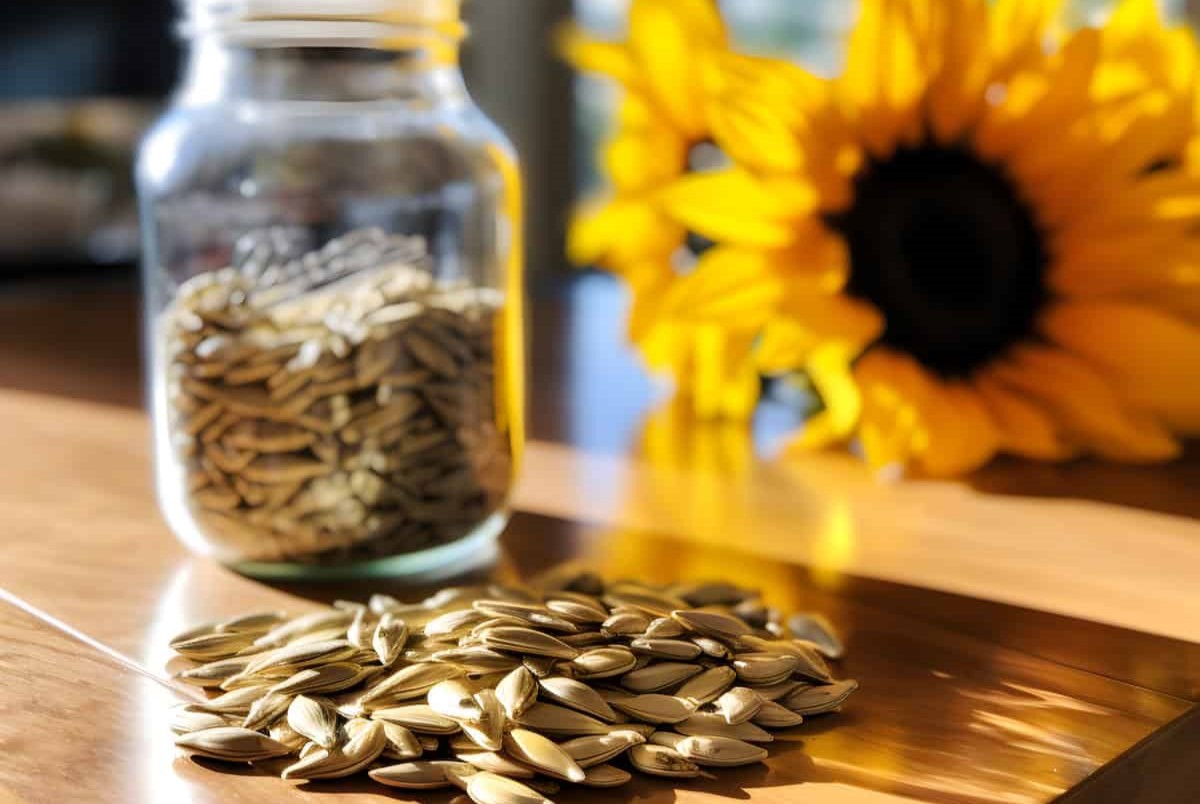
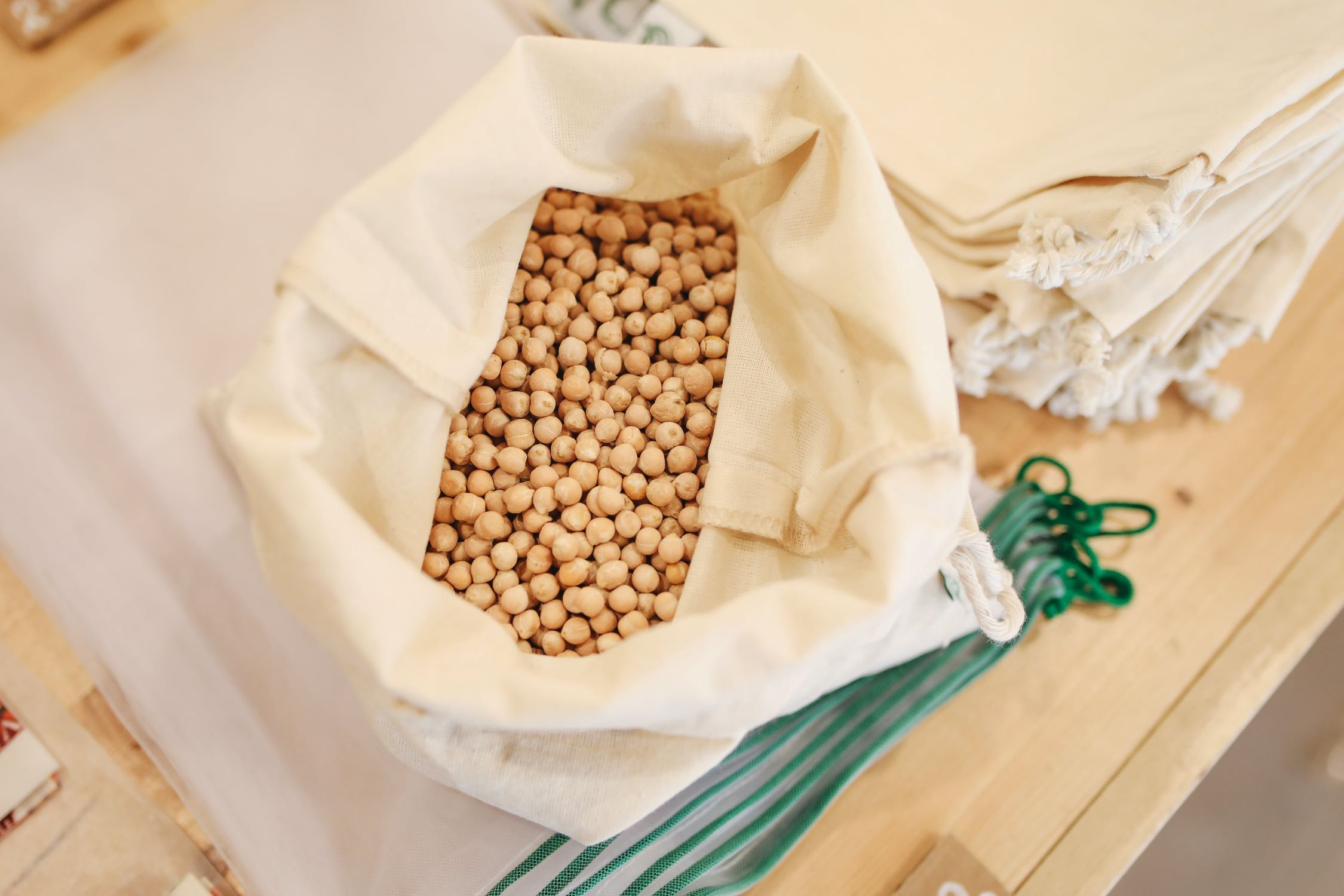
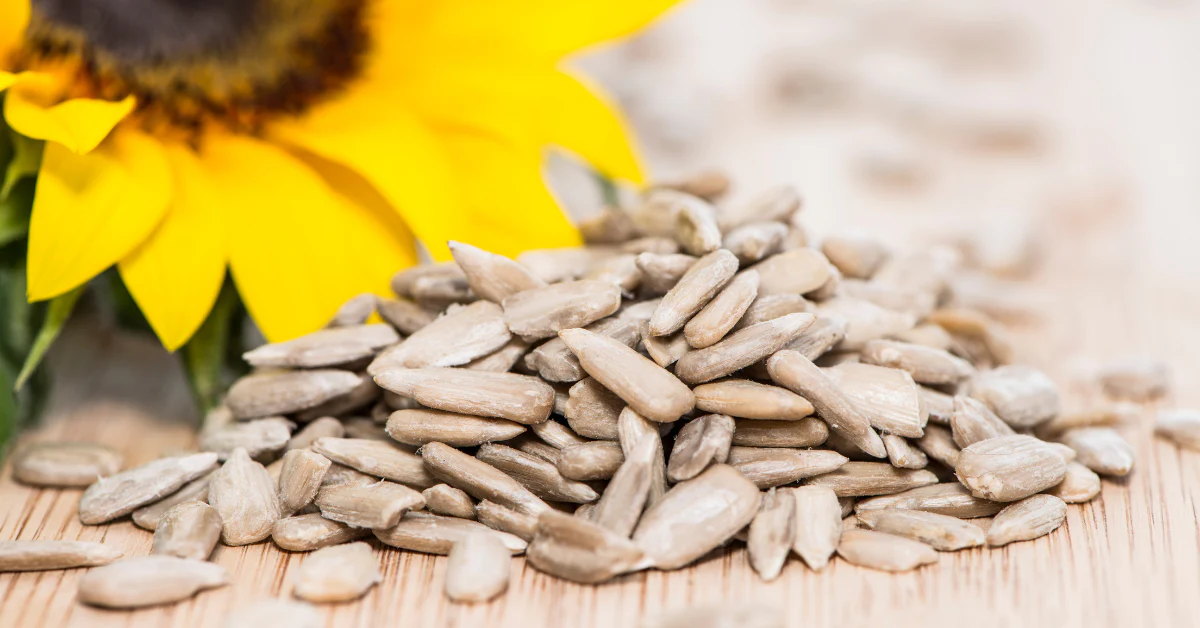
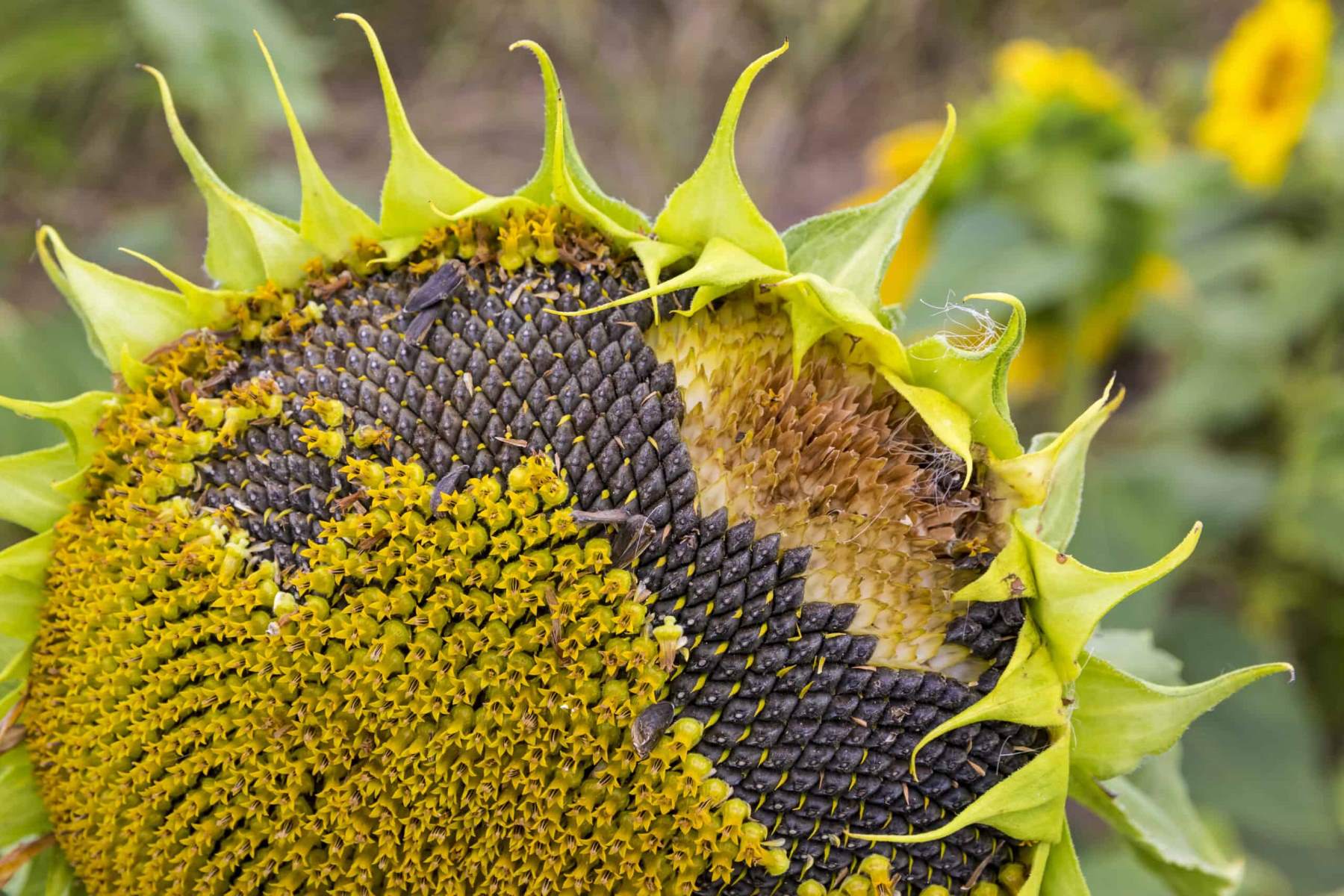
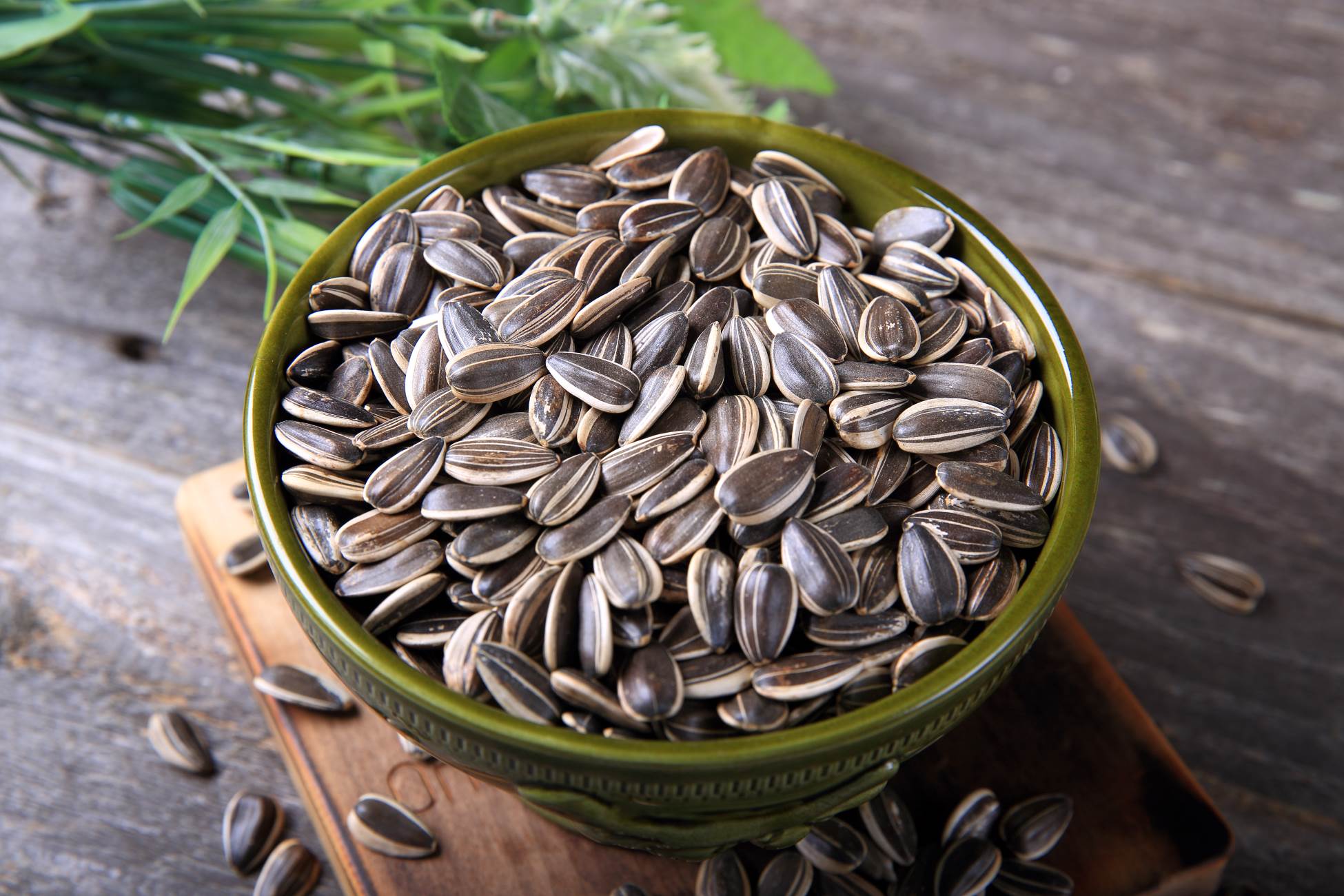
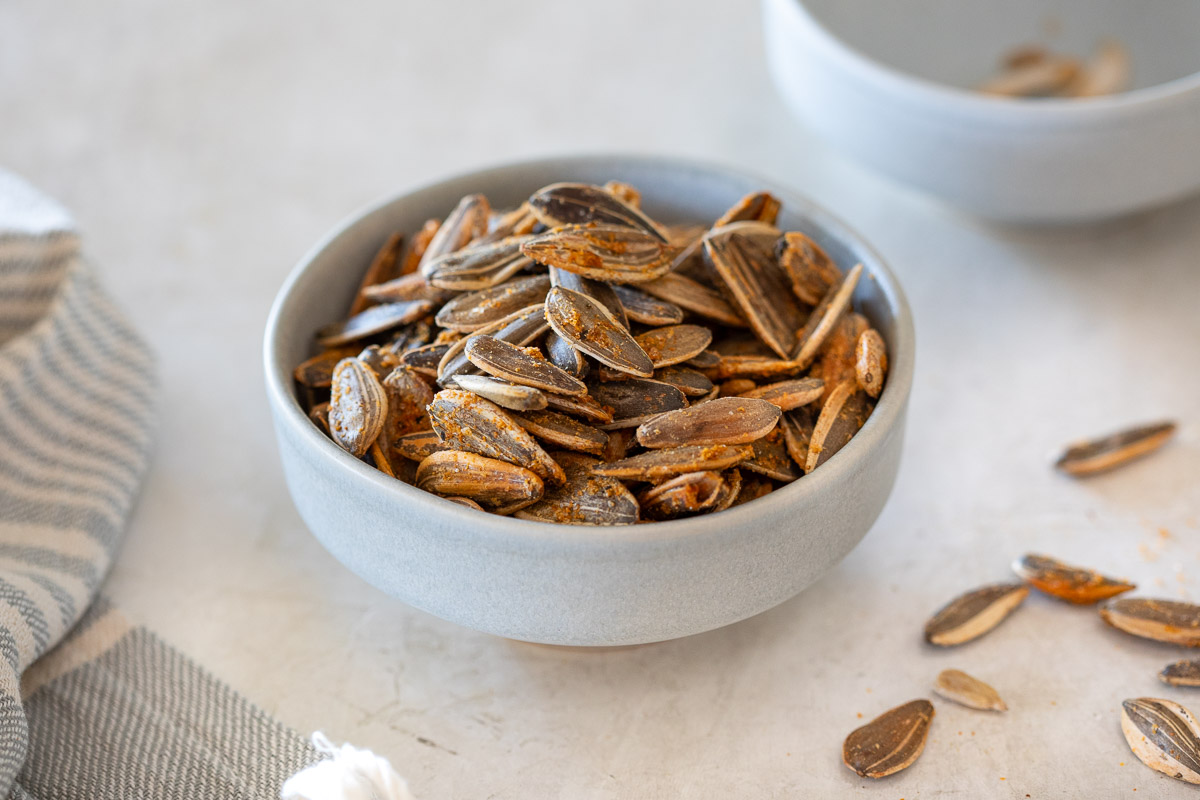
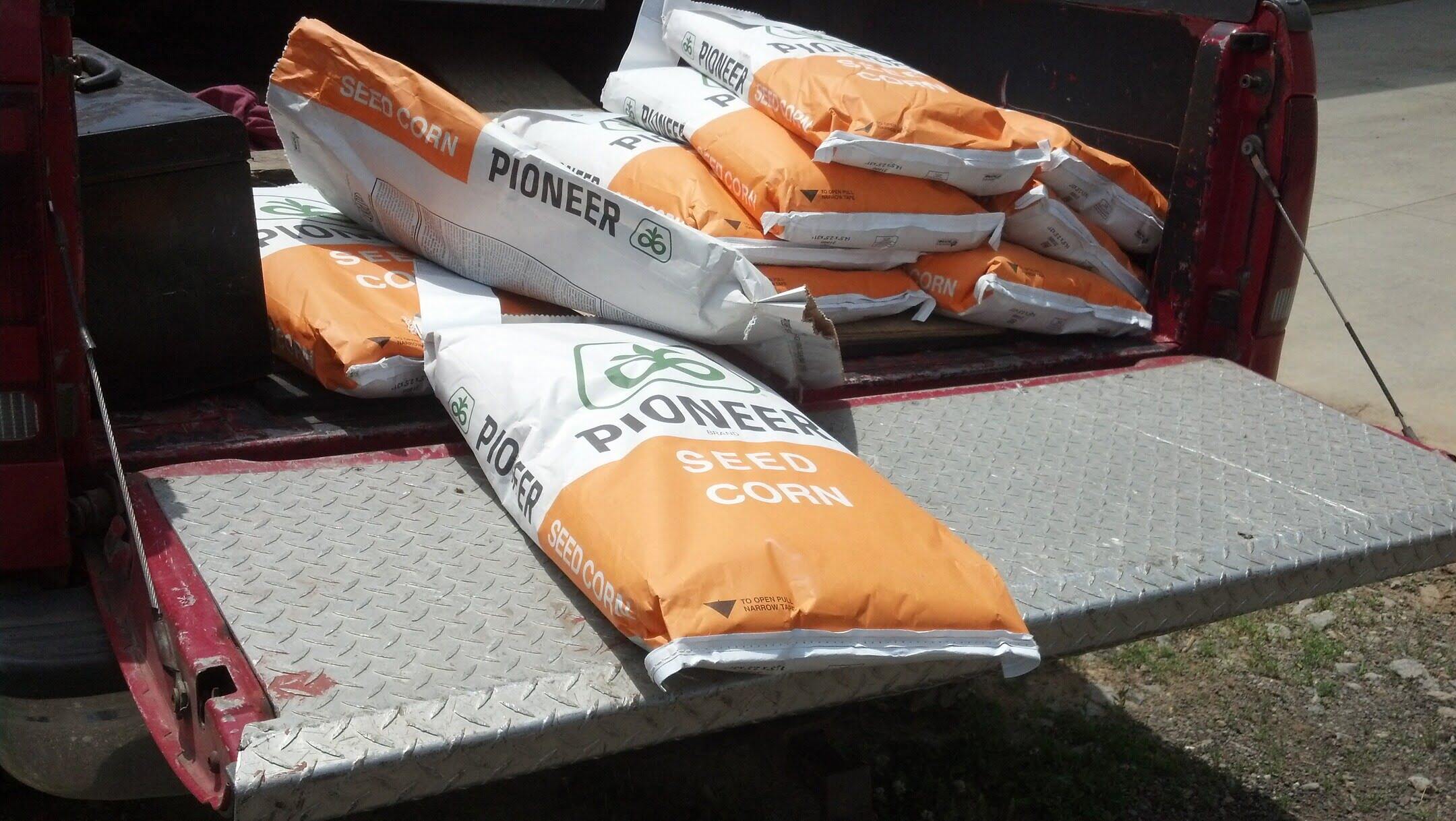
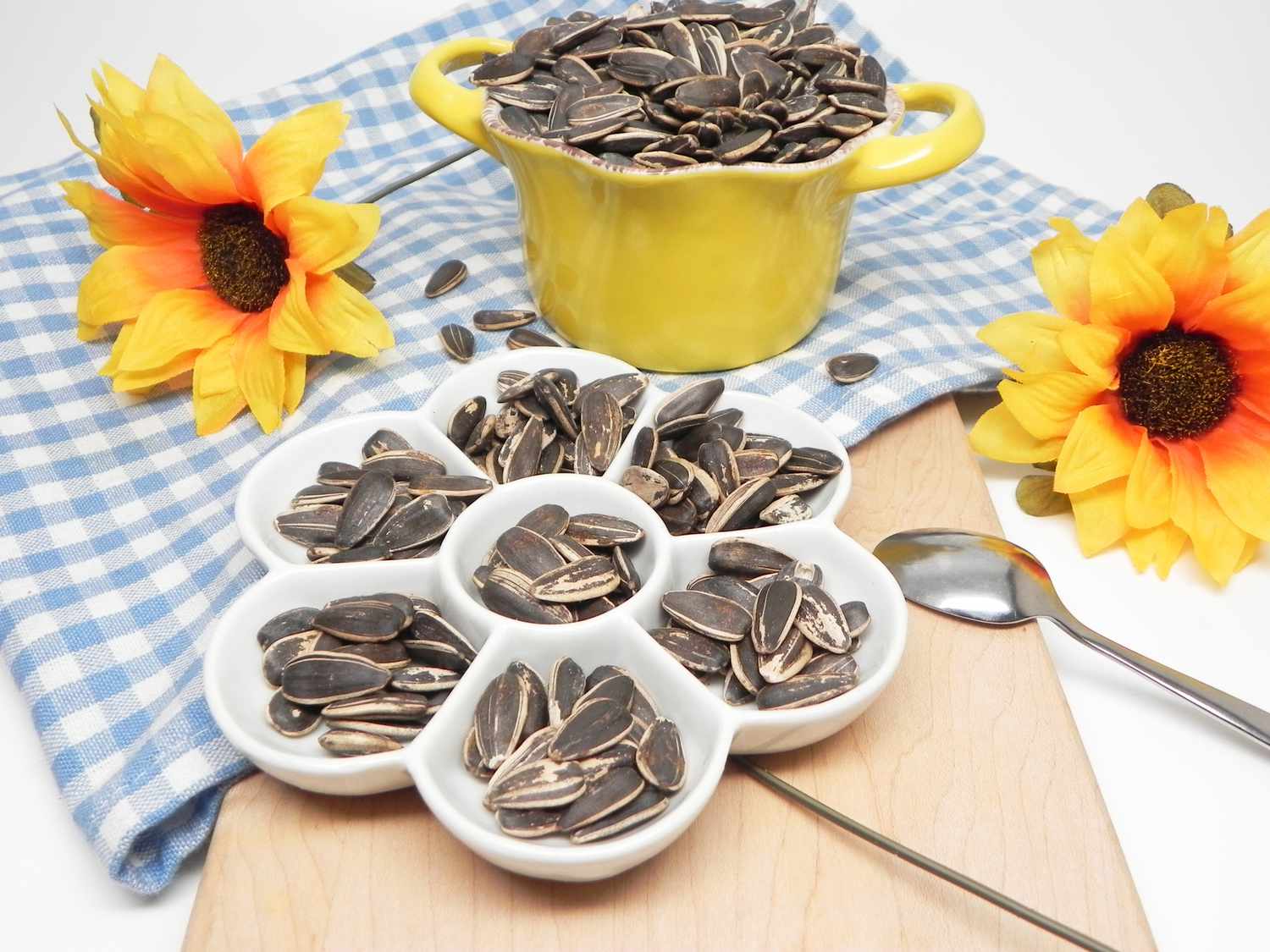
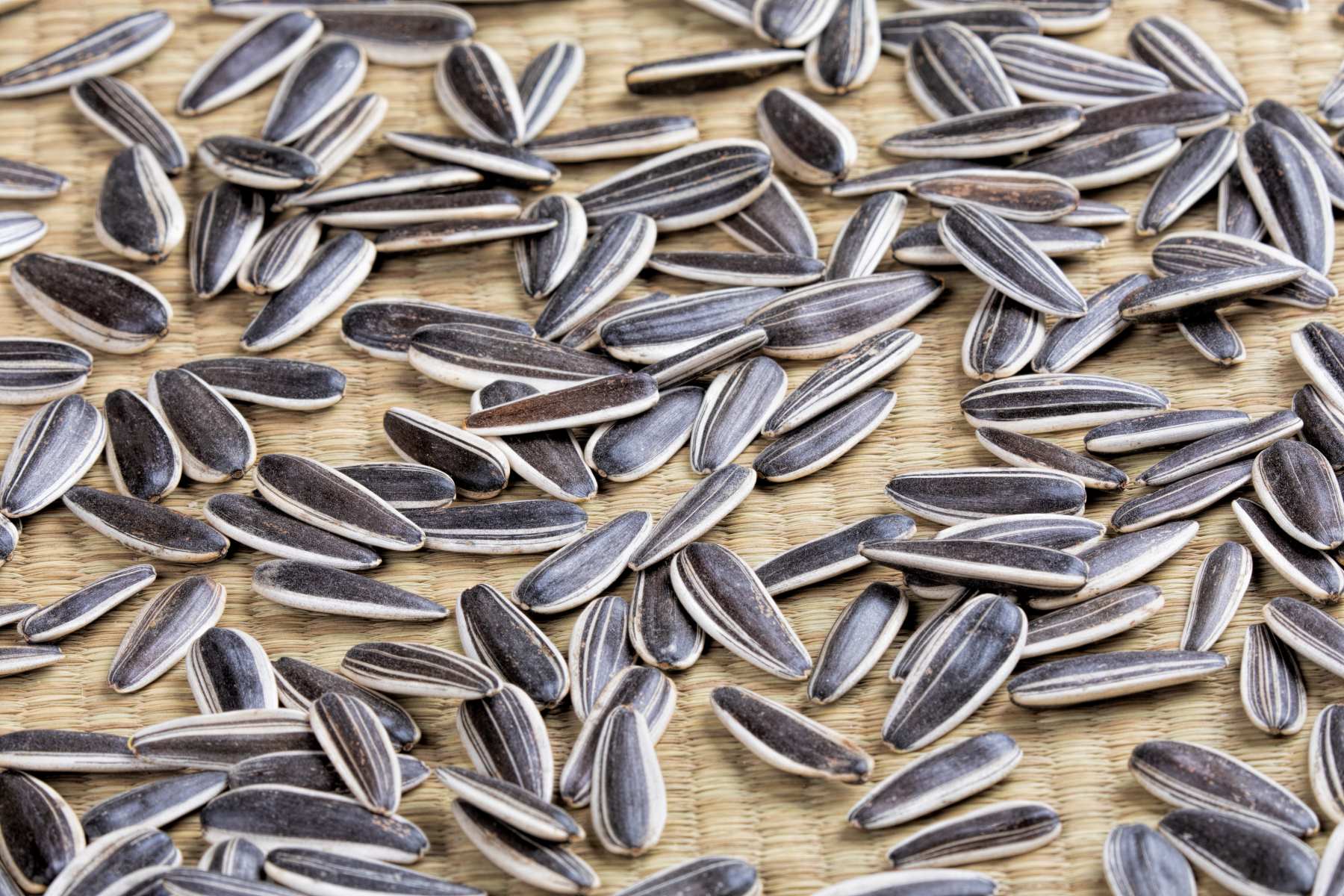
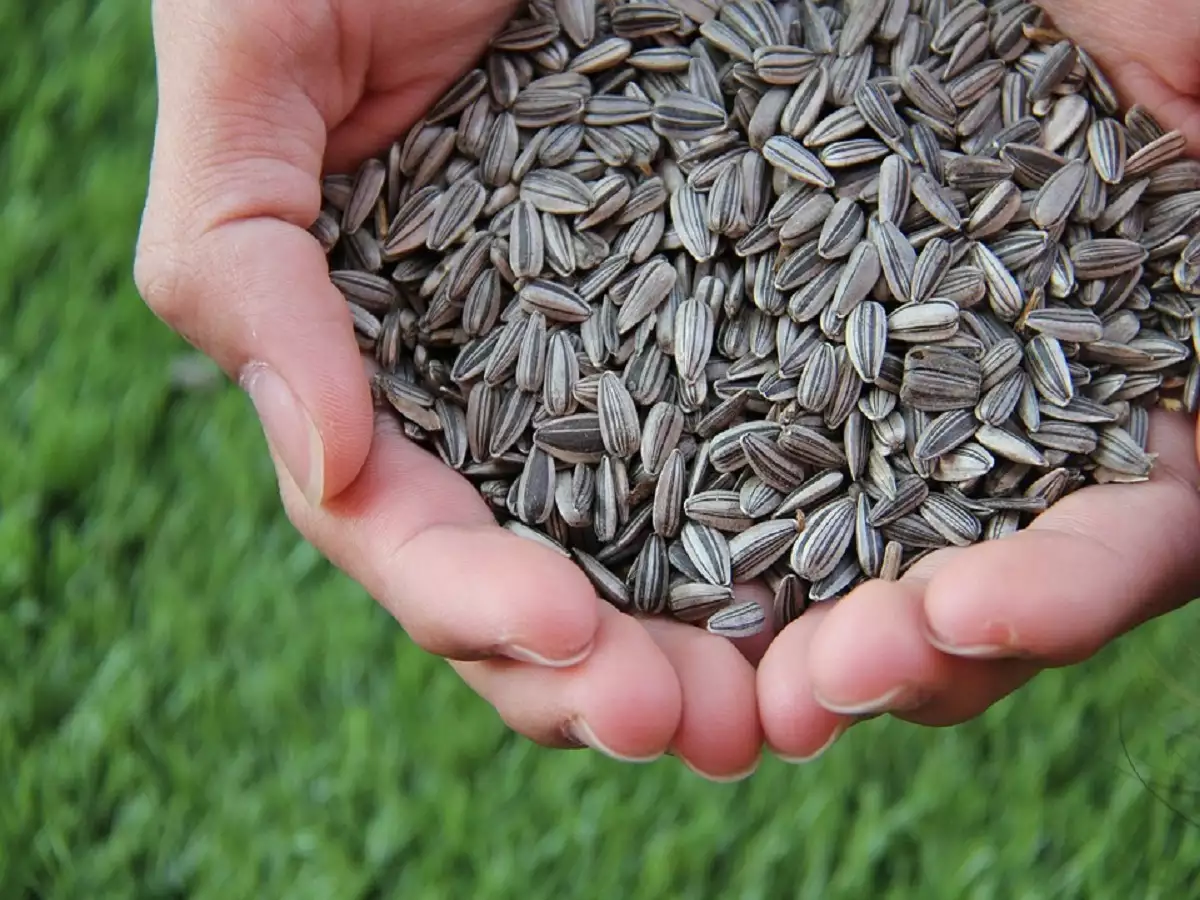
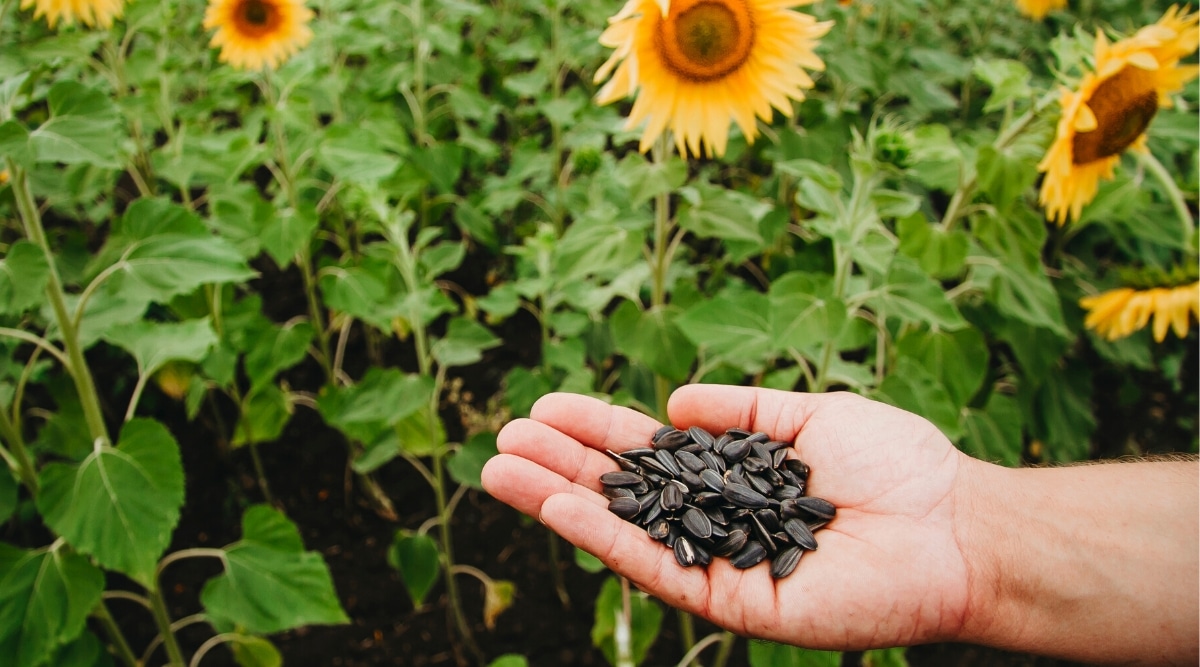
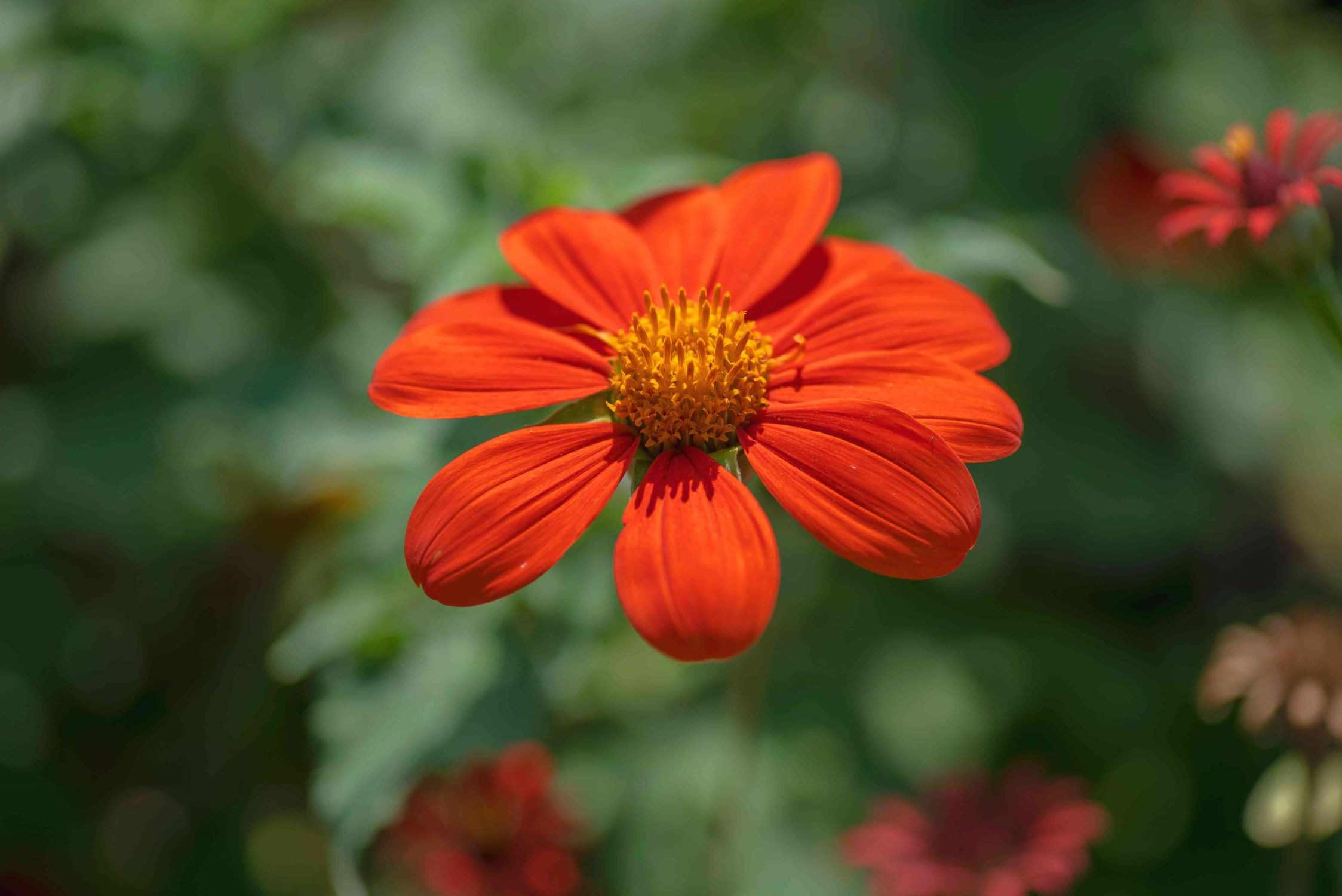
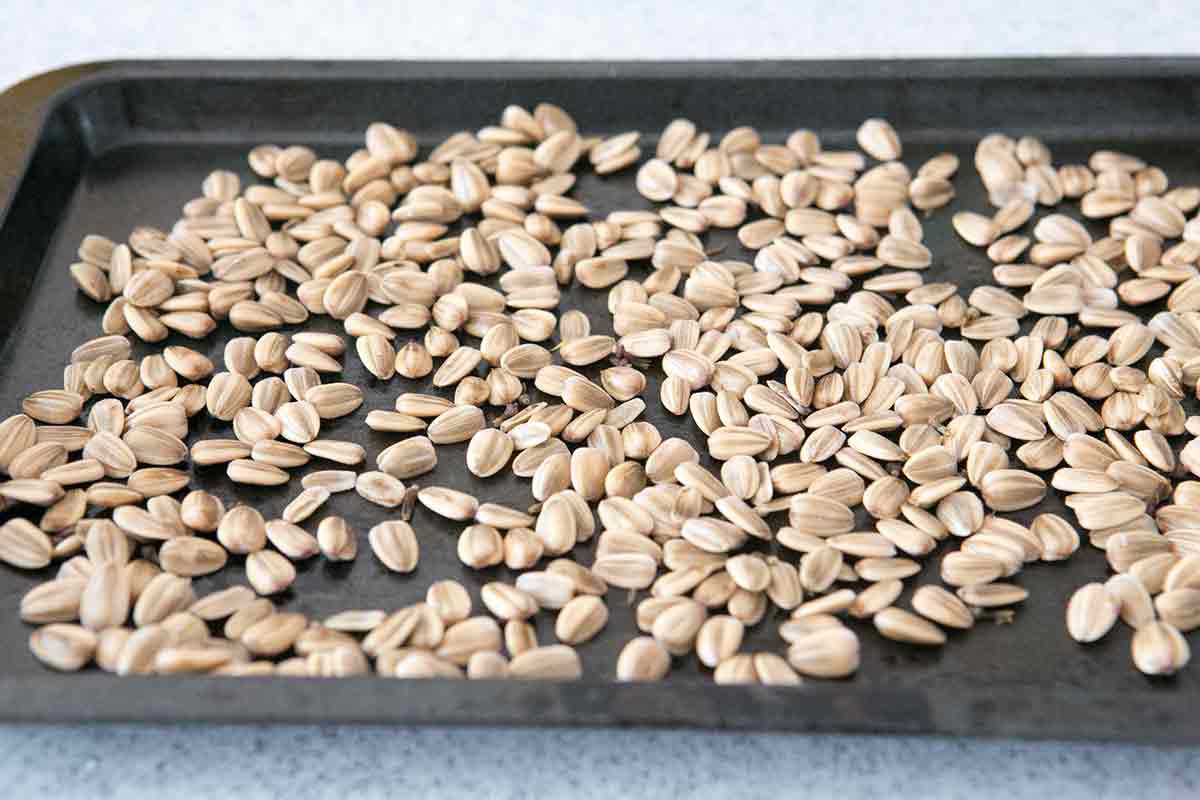
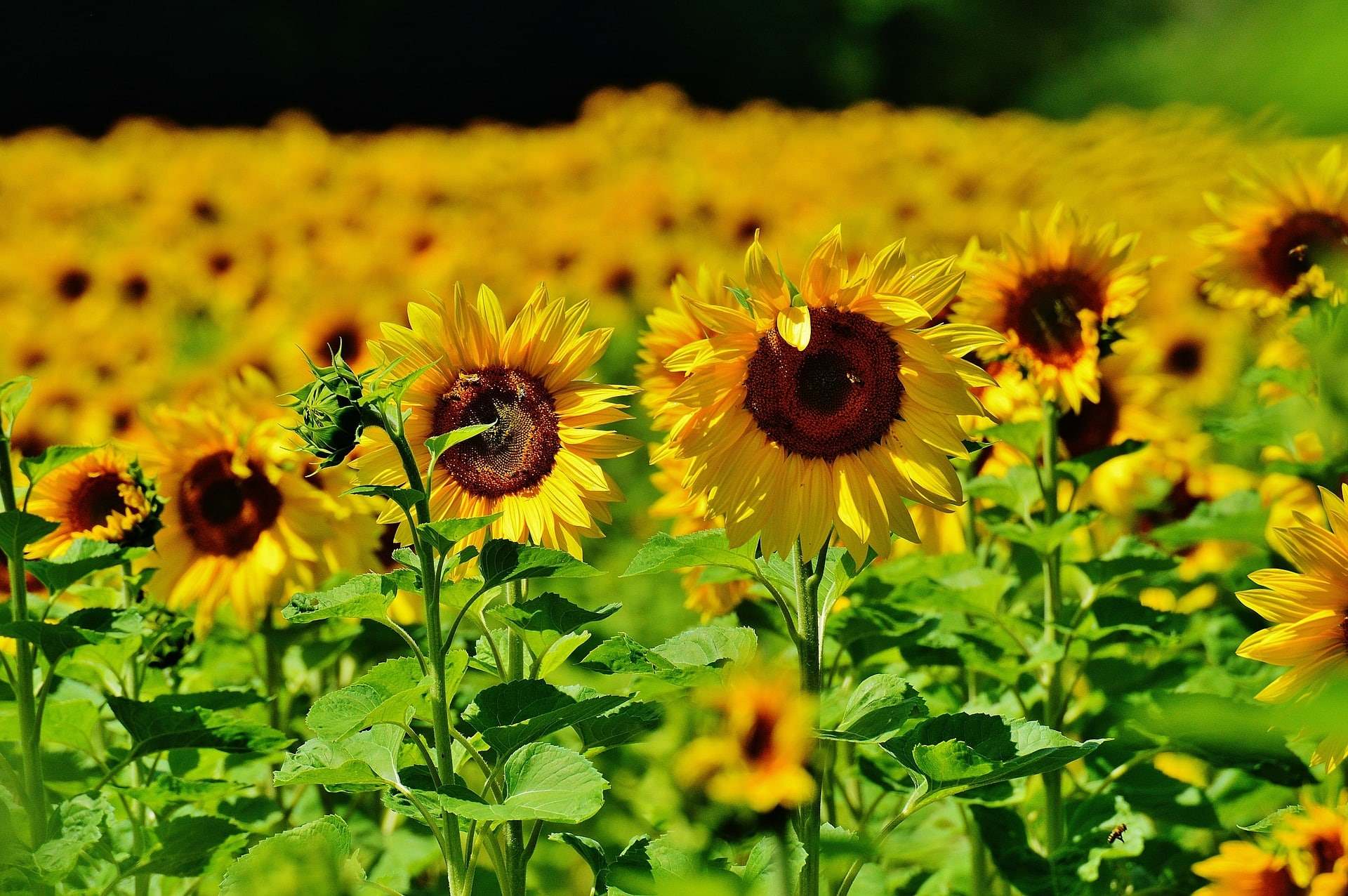

0 thoughts on “How Many Sunflower Seeds In A Bag”